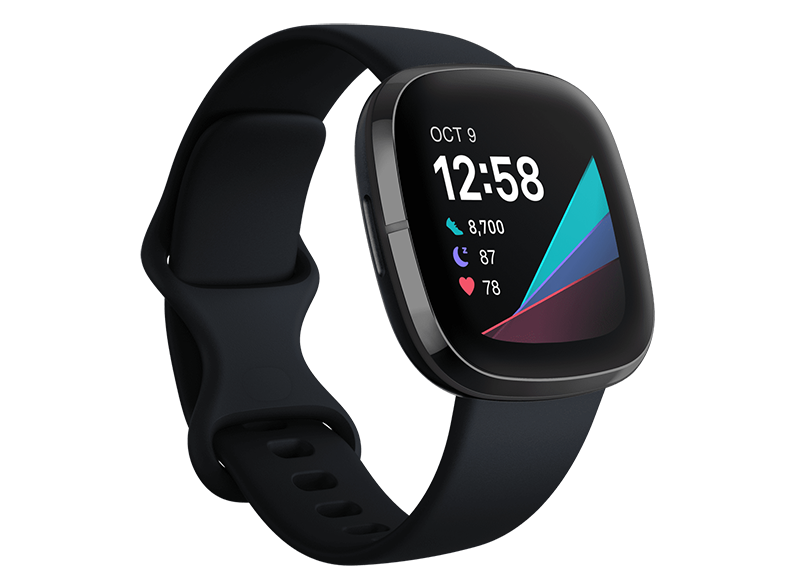Smartwatch maker Fitbit announced three new wearables – the Fitbit Sense, Fitbit Versa 3 and Fitbit Inspire 2 – to its product pipeline.
The Fitbit Sense marks the company’s most advanced health smartwatch, bringing innovative sensor and software technology with the world’s first electrodermal activity (EDA) sensor on a smartwatch to help manage stress, along with advanced heart rate tracking technology, new ECG app, and an on-wrist skin temperature sensor, all powered by 6+ days of battery life. It costs $329 and includes a free six-month trial of Fitbit Premium, Fitbit said in a press release.
Fitbit Sense can help you track key trends in your health and wellbeing, like heart rate variability (HRV), breathing rate, and SpO2 with the new Health Metrics dashboard. Fitbit is also introducing Fitbit Versa 3, with exciting new health, fitness, and convenience features, including GPS and the addition of Google Assistant. Last, Fitbit has enhanced its most accessible tracker, Fitbit Inspire 2, increasing battery life up to 10 days, adding more health and fitness features like AZM, and adding a one-year free Premium trial.
“Our mission to make everyone in the world healthier has never been more important than it is today. COVID-19 has shown us all how critical it is to take care of both our physical and mental health and wellbeing,” said James Park, co-founder and CEO, Fitbit. “We are breaking new ground with our wearables, helping you better understand and manage your stress and heart health, and pulling your key health metrics together in a simple and digestible way to track things like skin temperature, heart rate variability, and SpO2 so you can see how it’s all connected.”
The new EDA sensor on Fitbit Sense measures electrodermal activity responses. Using the EDA Scan app, place your palm over the face of the device to detect small electrical changes in the sweat level of your skin. Measuring your EDA responses can help you understand your body’s response to stressors and help you manage your stress.

Fitbit’s new Stress Management Score calculates how your body is responding to stress based on your heart rate, sleep and activity data. Available with Fitbit Sense, it can be found in the new stress management tile in the Fitbit app.
Fitbit Sense is the company’s first device with an ECG app to assess your heart rhythm for signs of atrial fibrillation (AFib), a condition that affects more than 33.5 million people globally. Simply hold your fingers on the corners of the stainless-steel ring around the watch while being still for 30 seconds to receive a reading that can be downloaded to share with your doctor.
Fitbit’s new PurePulse 2.0 technology, with an all-new multi-path heart rate sensor and updated algorithm, delivers the company’s most advanced heart rate technology yet. It also powers another critical heart health feature: personalized, on-device high and low heart rate notifications. With 24/7 continuous heart rate tracking, Fitbit Sense can detect and send a notification if your heart rate is outside your thresholds.
Read more Fitbit Launches Large-Scale Study To See If Its Wearables Can Detect Atrial Fibrillation
The larger AMOLED display features an integrated ambient light sensor to automatically dim the screen for easier viewing, along with an optional always-on display mode. The near edge-to-edge display is more responsive, with increased resolution. The user interface and faster processor has been completely redesigned, delivering our most intuitive, focused on-screen navigation. This includes the introduction of new customizable widgets, redesigned notifications and on-screen apps for a cleaner look, while letting you customize your favorite tools and shortcuts to feature more personalized information for a seamless smartwatch experience.












